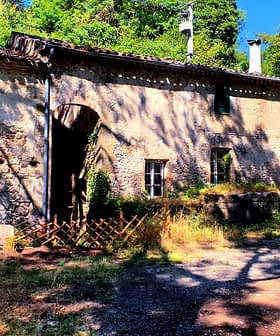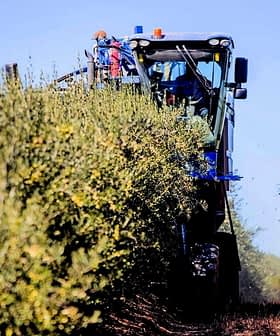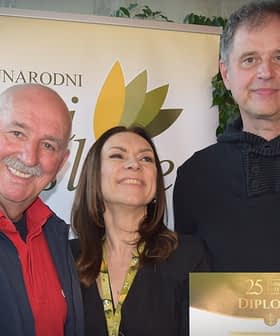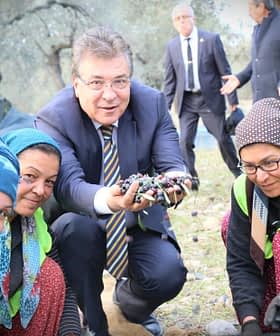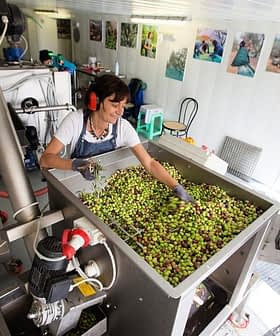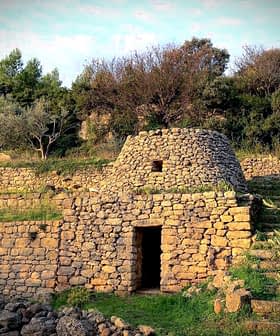“The destiny of nations depends on the way they eat.”
So said the famous eighteenth century French politician and gastronome, Jean Anthelme Brillat-Savarin, and they are words that seem to guide the French canonization of their food.
French cuisine is maintained and taught to the younger generation with at least as much diligence as the arts and language of France. An important part of this tradition is the philosophical and commercial heart of French gastronomy, the giant annual Salon de l’Agriculture in Paris, showcasing the nation’s farmers and their virtuoso commitment to producing the finest products.
Always a grand affair, the show is visited annually by the presidents past, present, and future, as well as busloads of school children being taught where their excellent Camembert comes from. The sprawling exhibition hall at Porte de Versailles is turned into a colossal farm, with cows, sheep, goats, chickens, and other animals around for close inspection — the main attraction for the kids. The chance to sample the best of France’s food and wine draws in masses of grown-ups. The highlight is the General Agricultural Competition, rewarding the best producers with gold, silver, and bronze medals in their categories since 1843.
This year marked a heightened awareness at the always intense show, as it was only a few months ago that UNESCO placed France’s cuisine on its revered list of human cultural heritage. In response, this year’s theme was the “French Food Model.” This is meant to refer to a way of eating that signifies much more than classic Gallic dishes. It is about the manner of consuming food — the ingrained three meals a day, with a final convivial family dinner closing the day. It is about the methods of cooking, passed down through many generations and repeated with care. It is, above all, about the quality of ingredients, about a commitment and know-how that produces the very best olive oils, cheeses, produce, meats, and wines, therefore it is above all about the farmers.
The ten-day schedule is packed with events of every possible relation to food. Jacqueline Bellino held readings and signed copies of his book, Pour l’Amour de l’Olivier (for the Love of the Olive Grove). An immense bar stocked with olive oils from all the regions south of Paris offered the chance to try the many varieties and terroirs of France, with over 700 tastings daily. Olive oils from Nice got a good push from the Olive Union of Nice, who prepared and gave away thousands of pieces of the local brissaouda, a slice of toast rubbed with garlic and fresh 2011 extra virgin olive oil.
They promoted the government classified PDO (Protected Designation of Origin) label of Nice and its surrounding region of Provence, and with reason. Within the grand competition for the final medals of honor, seven of the eleven PDO categories for olive oil are in Provence. Producers such as Château Virant, which won three gold medals and one silver, will be able to put the esteemed oak leaf symbol of the competition on their bottles, which serves as a well-respected guide to consumers, increasing sales as well as encouraging continued excellence and competition to produce the best food for France.

